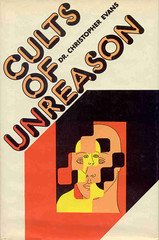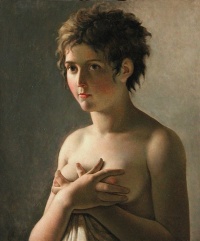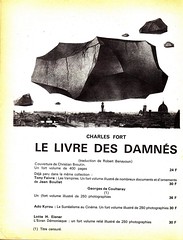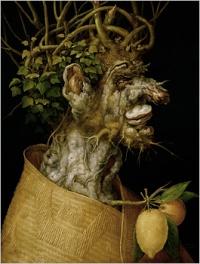
“The Big Swallow” (1901) by James Williamson
[Youtube=http://www.youtube.com/watch?v=dzFh8rYMl6M&]
“The Big Swallow“ (1901) aka A Photographic Contortion, produced and directed by James Williamson.
The sales catalog of this film describes the film as “A man reading finds a photographer with his head under a cloth, about to take his picture. He orders him off, approaching nearer and nearer until his head fills the picture, and finally his mouth only occupies the screen. He opens it, and first the camera, then the operator disappear inside. He retires munching him up and expressing great satisfaction.”
A terrific piece of early meta-cinema breaking the fourth wall.
This post is inspired by a recent article by Keith Sanborn “Second hand, second person, at a second remove, forms of address in Youtube in historical perspective,” published in Brouillon 4. Keith Sanborn is an American filmmaker, media artist and connoisseur of the cinema of Guy Debord. With Peggy Ahwesh, he made The Dead Man.






















